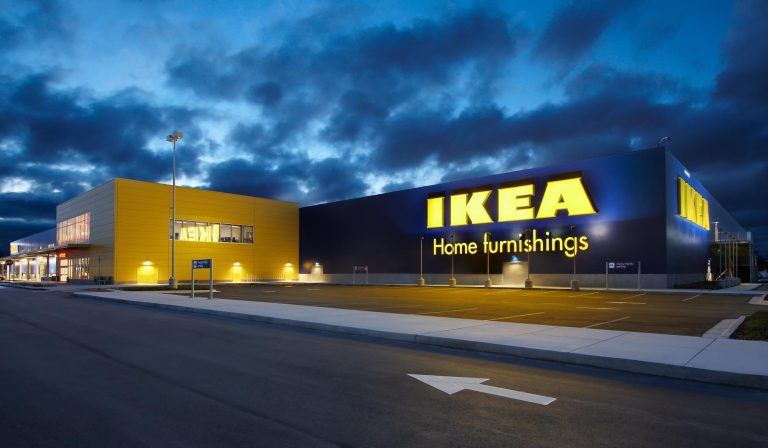Different codes on the phone can unlock features you didn’t know before. The codes are usually very simple.

USSD and GSM codes: you need to know that
The abbreviation GSM stands for “Global System for Mobile Communications”, USSD for “Unstructured Supplementary Service Data”. These GMS and USSD codes have existed since the first mobile phone developments, but can also be used on mobile smartphones. Each code has an individual function and can release practical features; this includes, for example, functions relating to call forwarding, the mailbox or the SIM card.
Important codes you should know
First, we have summarized some general codes for you:
*#06# Call up the phone’s serial number or IMEI
*135# Query your own phone number
**04*old PIN*new PIN*new PIN# Change PIN
**05*old PUK*new PIN*new PIN# Unlock blocked PIN with PUK
**042*old PIN2*new PIN2*new PIN2# Change PIN2
**052*old PUK2*new PIN2*new PIN2# Unlock blocked PIN2 with PUK2
*31#<phone number> Your own phone number is transmitted when you call, <phone number> must be replaced by the dialing number
#31#<Number> Own number is not transmitted when calling
*30# Activate caller ID for incoming calls (CLIP on)
#30# Switch off call number display for incoming calls (CLIP off)
*43# Call waiting on
#43# Call waiting off
**21*<number># Activate call diversion for calls to <number>
##21# Deactivate call forwarding automatically
*#21# Call forwarding status query for calls
*21# Activate call diversion automatically
**62*<number># Activate call diversion if not available on specified <number>
##62# Switch off call diversion if unavailable
*62# Switch on call diversion if unavailable
*#62# Status query of call forwarding when unavailable
**61*<number># Activate call diversion after the 5th ring to the specified number
**61*<number>*<time># Switch on call forwarding to the specified number after the specified time
##61# Deactivate call forwarding after a certain time (after ringing 5 times)
*61# Activate call diversion after a certain time
*#61# Call forwarding status query
**67*<Number># Switch on call forwarding to the specified number if the line is busy
##67# Switch off call forwarding when busy
*67# Switch on call forwarding when busy
*#67# Status query of call forwarding when busy
##002# Automatically switch off all call forwarding
*002# Activate all call forwarding automatically
##004# Deactivate all conditional call forwarding (busy, after 5 rings, unavailability)
*004# Enable all conditional call forwarding

Codes by device
Here are some codes that can be used on Samsung smartphones:
*#0*# comprehensive test menu
*#1111# software version
*#1234# firmware version
*#2222# hardware version
*#0228# Battery status and temperature
*#8999*8376263# Details about camera, product code, etc.
#*5376# delete all SMS
*#9090# Service mode UART/USB (service diagnosis configuration)
*#0808# USB settings
*#34971539# Check and view camera firmware
These work ideally with Huawei smartphones:
*#*#0000#*#* View model number, hardware version and IMEI number
*#*#6130#*#* Test menu (usage statistics, phone information)
*#*#2846579#*#* Service menu (e.g. manual upgrades and downgrades)
*#*#1357946#*#* Product code and serial number
Try these codes if you have an iPhone:
*3001#12345#* Field test mode
*#5005*7672# Show SMSC number
*#746025625# SIM Clock Stop (Power is only consumed when you actually use the SIM card)
*3370# Activate EFR mode (Enhanced Full Rate), improves voice quality during calls, battery power decreases
#3370# Disable EFR mode
*4720# Activate HFR mode (Half Full Rate), reduces voice quality, battery power increases
#4720# Disable HFR mode
*#5005*86# Show mailbox settings
*646# Query current call volume




